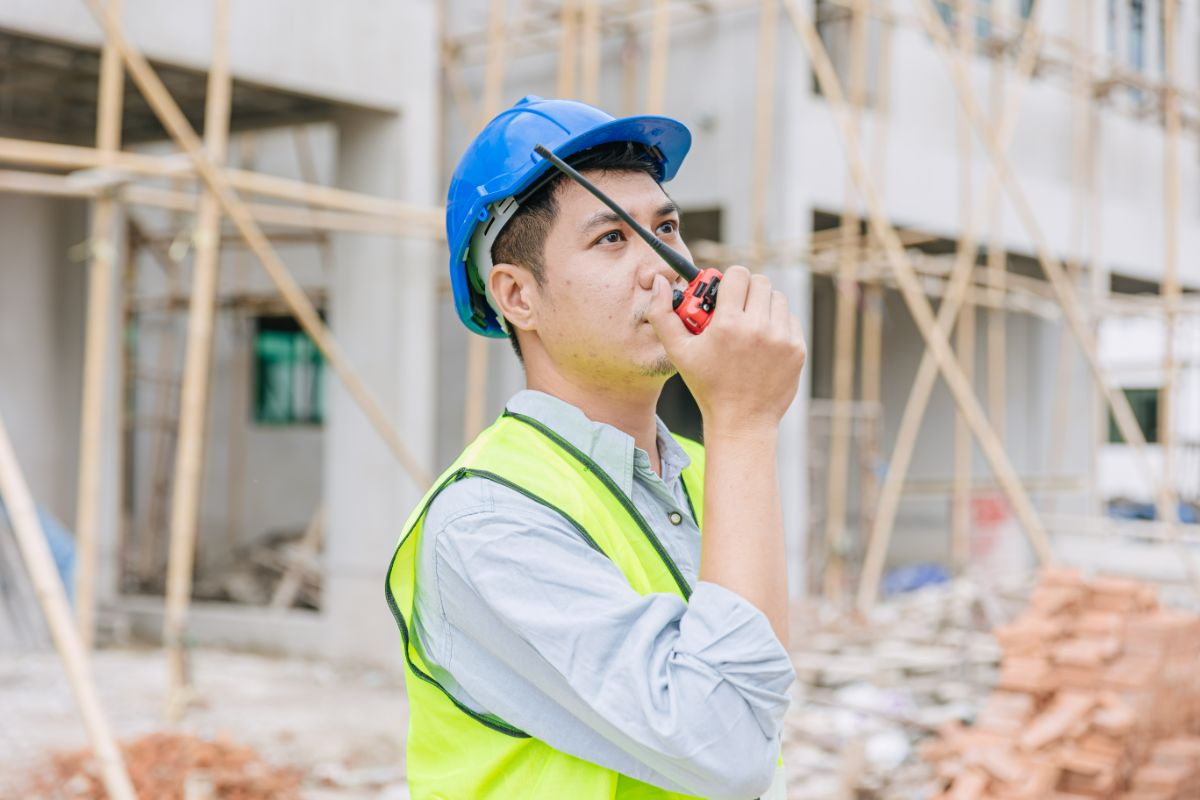

Overview
- This article examines essential safety measures in the Philippine construction sector, underscoring the need for effective personal protective equipment, comprehensive fall protection plans, clear hazard communication, rigorous equipment maintenance, specialized safety training, emergency preparedness, and regular safety inspections to prevent accidents and ensure worker safety.
The construction sector in the Philippines achieved a market size of $65.2 billion in 2023. With this development, the safety and well-being of workers have become a top priority. However, despite the existence of the Occupational Safety and Health (OSH) Law, some construction hubs continue to violate safety rules. This poses risks of injuries, accidents, or even fatalities.
Let’s delve into the essential construction services safety measures that must be implemented on every construction site.
Personal protective equipment (PPE) is essential for construction workers to ensure their safety on the job site from various hazards including chemical, radiological, physical, electrical, and mechanical risks. PPE essentials are gloves, safety glasses, earplugs or earmuffs, hard hats, respirators, and protective clothing like coveralls, vests, and full-body suits.
Employers are responsible for supplying these tailored to the specific tasks and hazards encountered by their workers. By ensuring the provision and proper use of these PPEs, construction firms contribute to fostering a safe and secure work environment.
Falls accounted for the majority of fatalities on construction sites in 2020, with 351 fatal falls out of a total of 1,008 construction-related incidents. This emphasizes the need for robust safety measures, including the installation of guardrails, safety nets, and personal fall arrest systems to avoid such incidents.
Construction companies may also create a fall protection plan when conventional methods are impractical or pose greater risks. This plan outlines steps to prevent falls and mitigate associated hazards. This ensures worker safety during tasks performed near openings or at heights.

Hazard communication involves prominently displaying clear signage and labeling hazardous materials. This ensures workers can readily identify and comprehend the risks in their environment. It equips workers with crucial information about potential hazards and risk mitigation strategies.
Common types of safety signage include warning signs, hazard signs, mandatory PPE signage, and prohibition notices to enhance awareness and promote compliance with safety protocols. These measures contribute to fostering a secure work environment conducive to employee well-being and accident prevention.
Cranes are pivotal in construction projects. However, accidents involving them are common. These incidents often occur in both construction sites and factories, with a proportion of fatalities attributed to human error.
Machinery experiences wear and tear over time, making systematic and regular inspections a must for detecting signs of deterioration early on. By doing so, potential risks can be avoided, ensuring the ongoing safe operation of the equipment.

Comprehensive training and education are essential for construction site safety. It aims workers with the knowledge and skills to address potential hazards and familiarize themselves with risks, safety protocols, and equipment usage. This reduces the risk of accidents and injuries on sites.
In the Philippines, we have the Construction Occupational Safety and Health (COSH) Training. It is a mandatory 40-hour program for safety officers in the construction industry. The primary objective of this training is to ensure the protection of every worker by promoting safe and healthy working conditions, thereby mitigating the risk of injury, illness, or fatality.
Emergency preparedness promotes a quick and effective response to accidents. This requires developing emergency response plans tailored to the specific risks of each site, providing first aid training to equip workers with essential medical skills.
Maintaining robust emergency communication systems, such as sending alerts via speakers, LED signs, and strobe lights facilitates prompt coordination among workers and emergency responders during the incident. This enhances overall site safety and minimizes potential impacts on project timelines and outcomes.
Safety inspections require comprehensive evaluations of the site to determine potential hazards, assess compliance with safety regulations, and identify areas that need enhancement.
These audits serve as a platform to evaluate the efficacy and currency of safety protocols, training initiatives, and emergency response strategies. Through meticulous review, organizations can devise and implement corrective measures to bolster safety standards and alleviate potential risks proactively.
Ensuring the safety of workers should be a top priority for any project. Adhering to construction services’ safety measures and prioritizing the well-being of workers enable companies to effectively safeguard their workforce, reduce accidents, and optimize productivity on site.
Big Ben, a prominent construction services provider in the Philippines, prioritizes safety with rigorous protocols that exceed industry standards. Our commitment is evident in our goal of zero accidents, adherence to environmental practices, and full compliance with DOLE safety standards. Partner with us on your upcoming project. Contact us today.